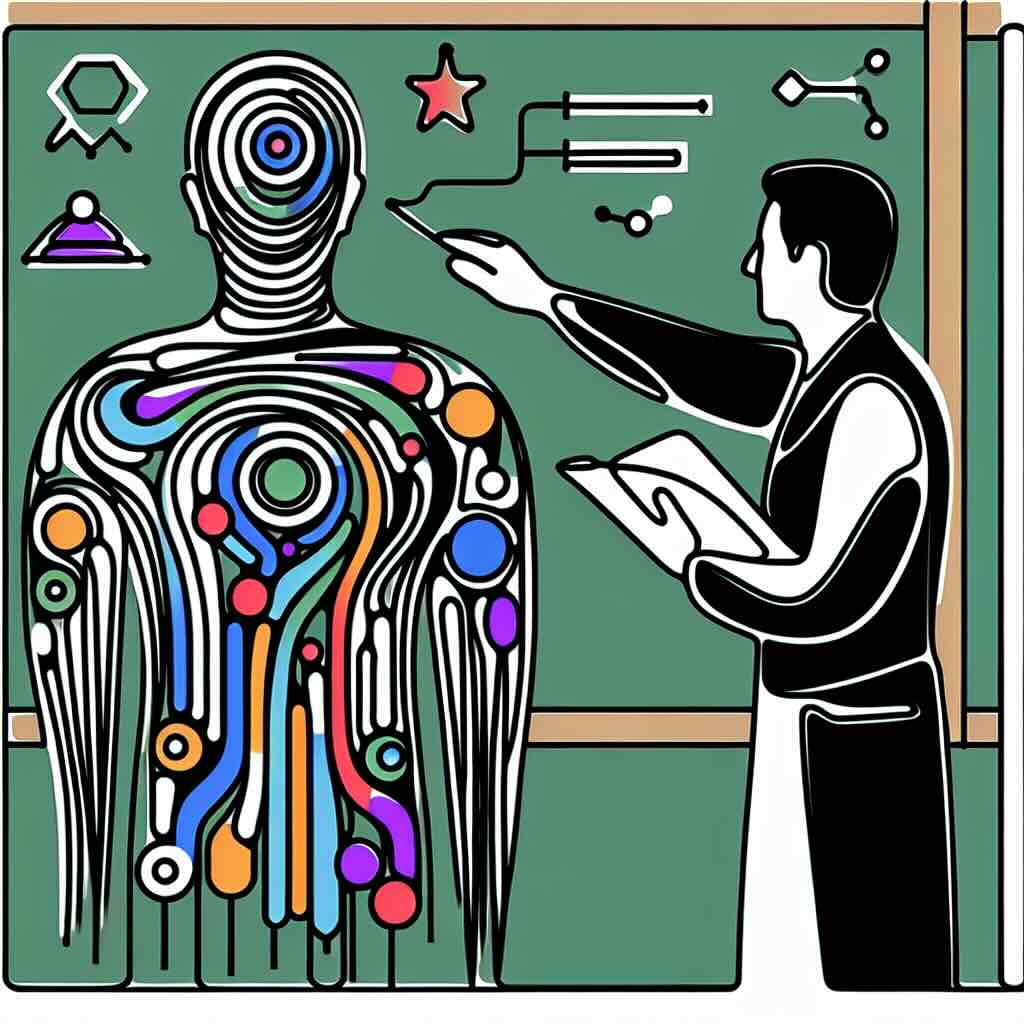Learners in a session where the flipped content has been viewed prior to an engaging and collaborative peer discussion
Flipped classroom models have revolutionised the conventional instructional methods, creating dynamic learning environments that promote active learner engagement. By moving direct instruction outside the conventional teaching session, flipped learning fosters deeper understanding and greater learner participation, rather than passive reception of information.
Table of Contents:
1. Introduction to Flipped Classroom Models
2. Transforming the Instructional Paradigm
3. Enhancing Learner Engagement
4. Facilitating Deeper Learning
5. Addressing Challenges in Flipped Learning
6. Benefits of Flipped Classroom Models
7. Risks Associated with Flipped Classroom Models
8. One Thing You Can Try Today
9. Conclusion
10. Try it yourself
11. Related Topics
Introduction to Flipped Classroom Models
The concept of flipped classroom models involves reversing the traditional educational approach. Instead of delivering lectures during class time and assigning homework for after-class, this model inverts these activities. Learners first engage with new material at home, often through videos or online resources, and then apply their knowledge during in-class activities.
Transforming the Instructional Paradigm
In traditional teaching methods, educators can spend high levels of classroom time delivering a passive experience, leaving little room for learner interaction and practical application of concepts. With flipped classroom models, direct instruction is assigned as preparation work, thereby freeing up valuable class time for interactive, hands-on learning experiences. This approach shifts the teacher's role from what's known as the “sage on the stage” into a “guide on the side,” fostering an environment where learners actively participate, collaborate with peers an maximise the time available with the educator for question and clarification discussion.
Enhancing Learner Engagement
The flipped classroom model encourages greater learner engagement by catering to active learning strategies. In-class time is repurposed for discussions, group work, and problem-solving activities, providing learners with the opportunity to apply theoretical knowledge in practical contexts. This shift not only makes learning more interactive but also encourages learners to take over their learning process, boosting their motivation and deepening their understanding.
Facilitating Deeper Learning and Preparation
By engaging with instructional content before coming to class, learners arrive better prepared, allowing for more meaningful in-class discussions and collaborative exercises. This pre-session preparation enables educators to dive deeper into subjects and address complex questions, facilitating a more profound grasp of the material. Moreover, the flexibility of accessing learning materials at their own pace helps learners to maintain their personal learning trajectories, promoting better retention and comprehension.
Addressing Challenges in Flipped Learning
While the flipped classroom model offers numerous advantages, it also comes with certain challenges. Not all learners may have equitable access to the technology required for pre-session preparation. Additionally, educators need to invest significant time and effort in creating high-quality and authentic materials and redesigning session plans to fit this model. Effective time management by learners and teachers alike becomes essential to the success of this approach.
Benefits of Flipped Classroom Models
1. Increased session engagement and opportunities for interaction
2. Enhanced opportunities for personalised learning
3. Improved learner accountability and preparation
4. Facilitation of higher-order thinking skills
5. Better use of face to face session time for active learning
Risks Associated with Flipped Classroom Models
1. Potential digital divide and access issues
2. The significant time commitment for preparation
3. The possible initial resistance from learners and teachers
4. Inconsistent implementation leading to variable outcomes
One Thing You Can Try Today
Create a mini-module on a topic you normally lecture about:
1. Develop a short video (5-10 minutes) explaining a key concept.
2. Assign the video as pre-session preparation.
3. Use the next session to work on an engaging group activity or problem-solving task related to the concept from the video.
Conclusion
Flipped classroom models offer an innovative approach to education, promoting a more interactive and effective learning environment. While challenges exist, the potential benefits make this model worth exploring, particularly in fostering a deeper understanding and engagement with the curriculum.
Try it yourself
1. Explore the Flipped Classroom Template in the Coursensu templates collection and prepare where this could fit into your next learning design / course plan.
2. Start small and implement a flipped lesson as one of the upcoming sessions, to gauge effectiveness and learner response.
3. Seek feedback after the lesson, ask learners about their experience to identify areas for improvement.
Related Topics
- Active Learning Strategies
- Blended Learning Models
- Technology Integration in Education
- Collaborative Learning Techniques
- Learner-centred Learning Approaches







